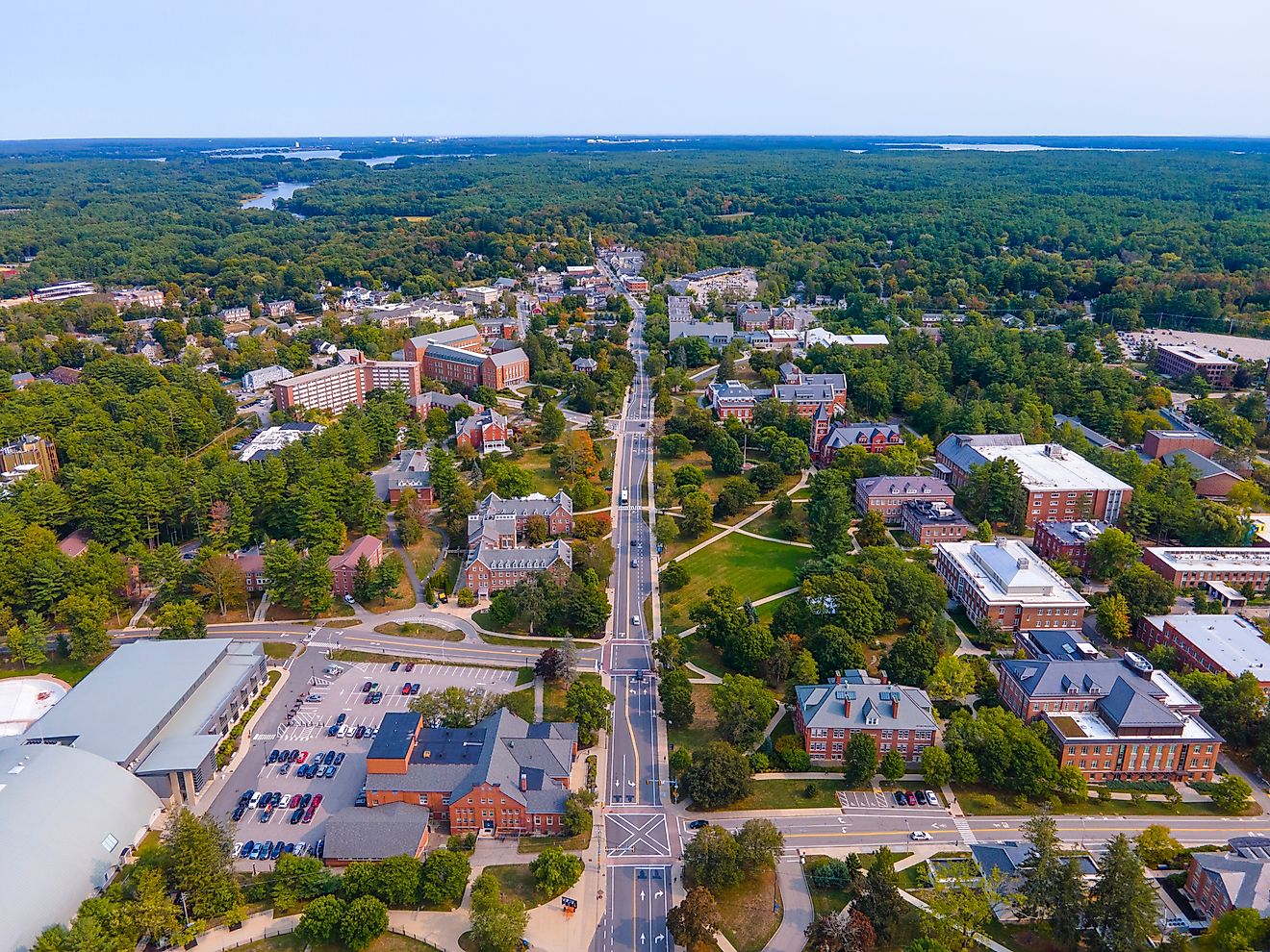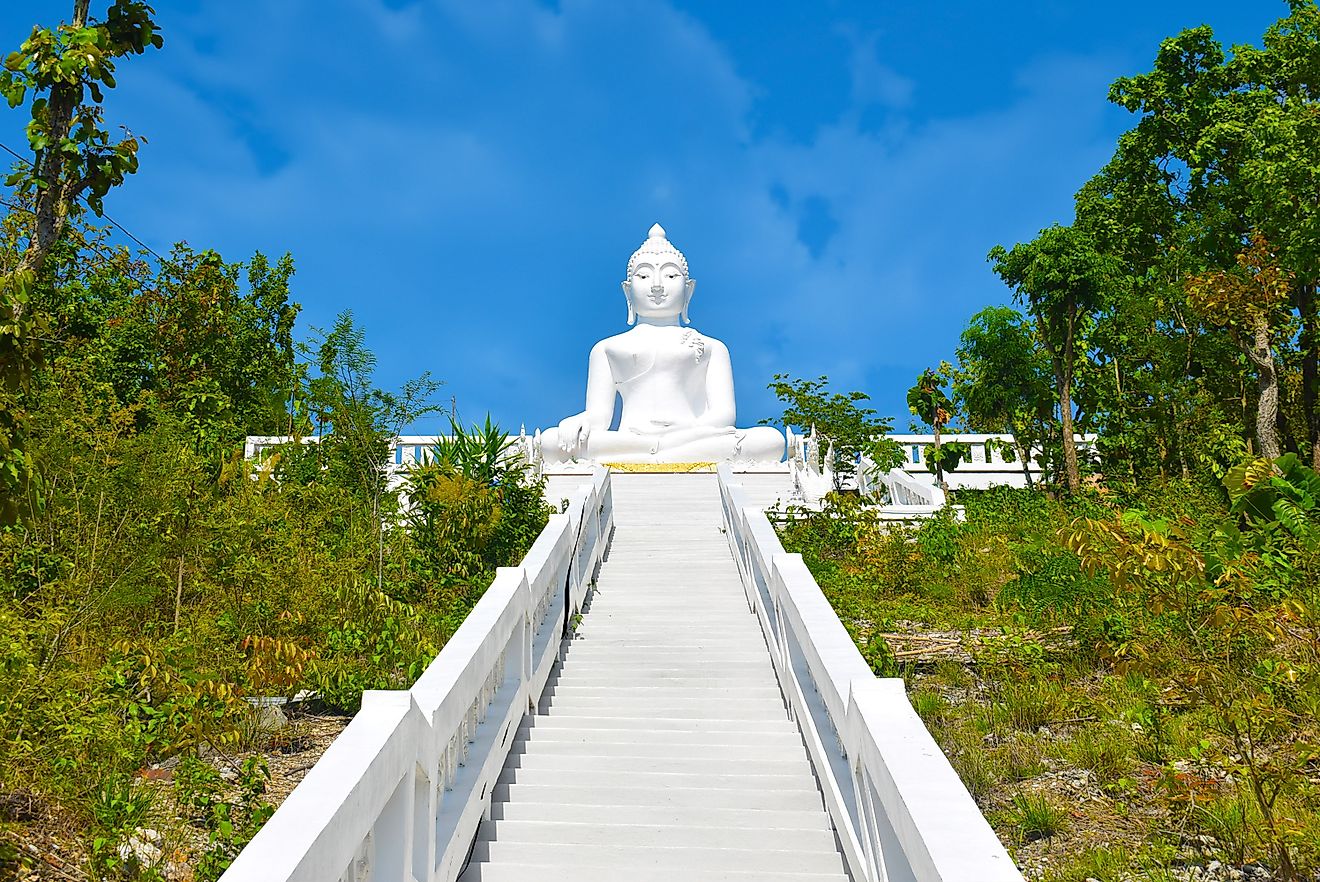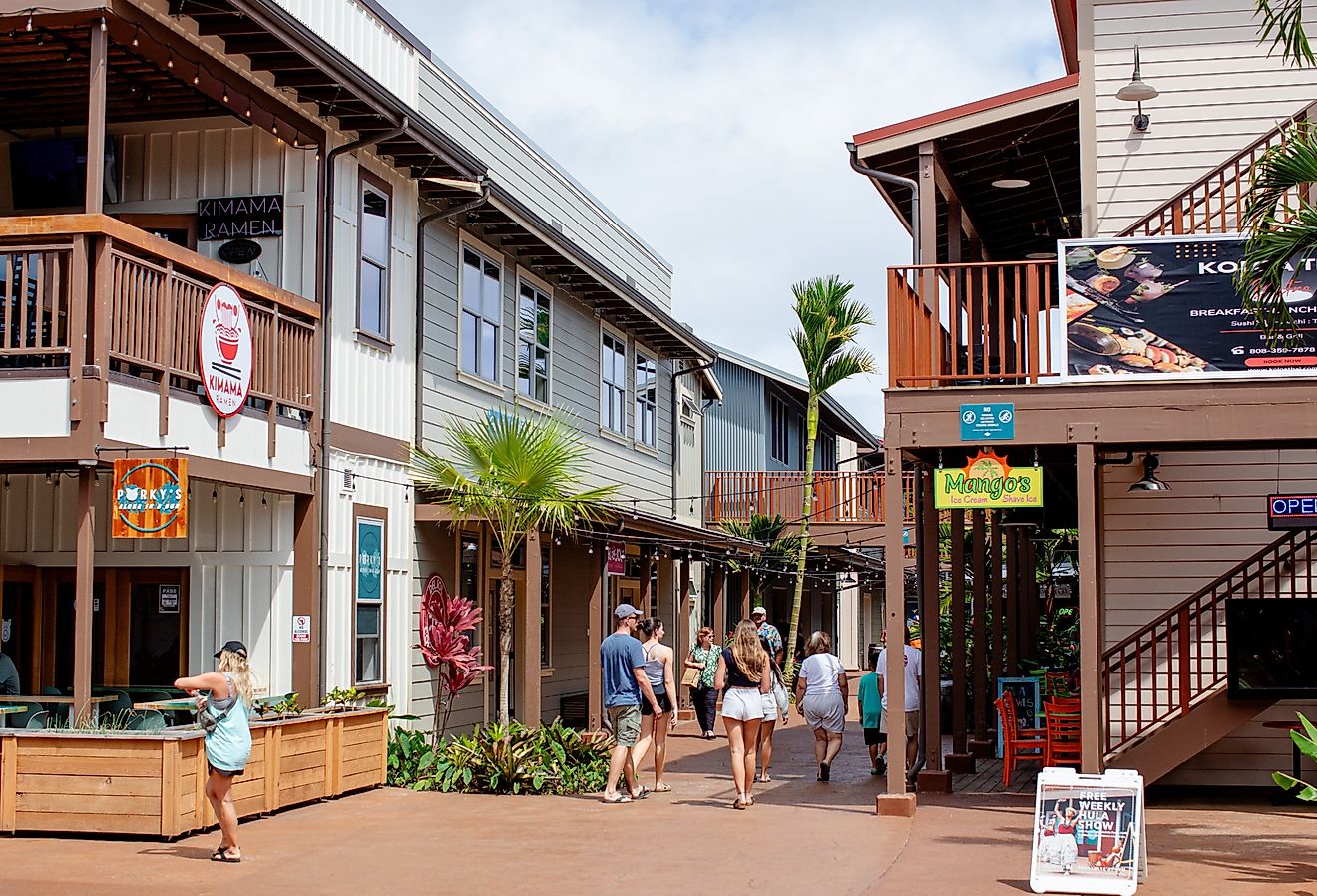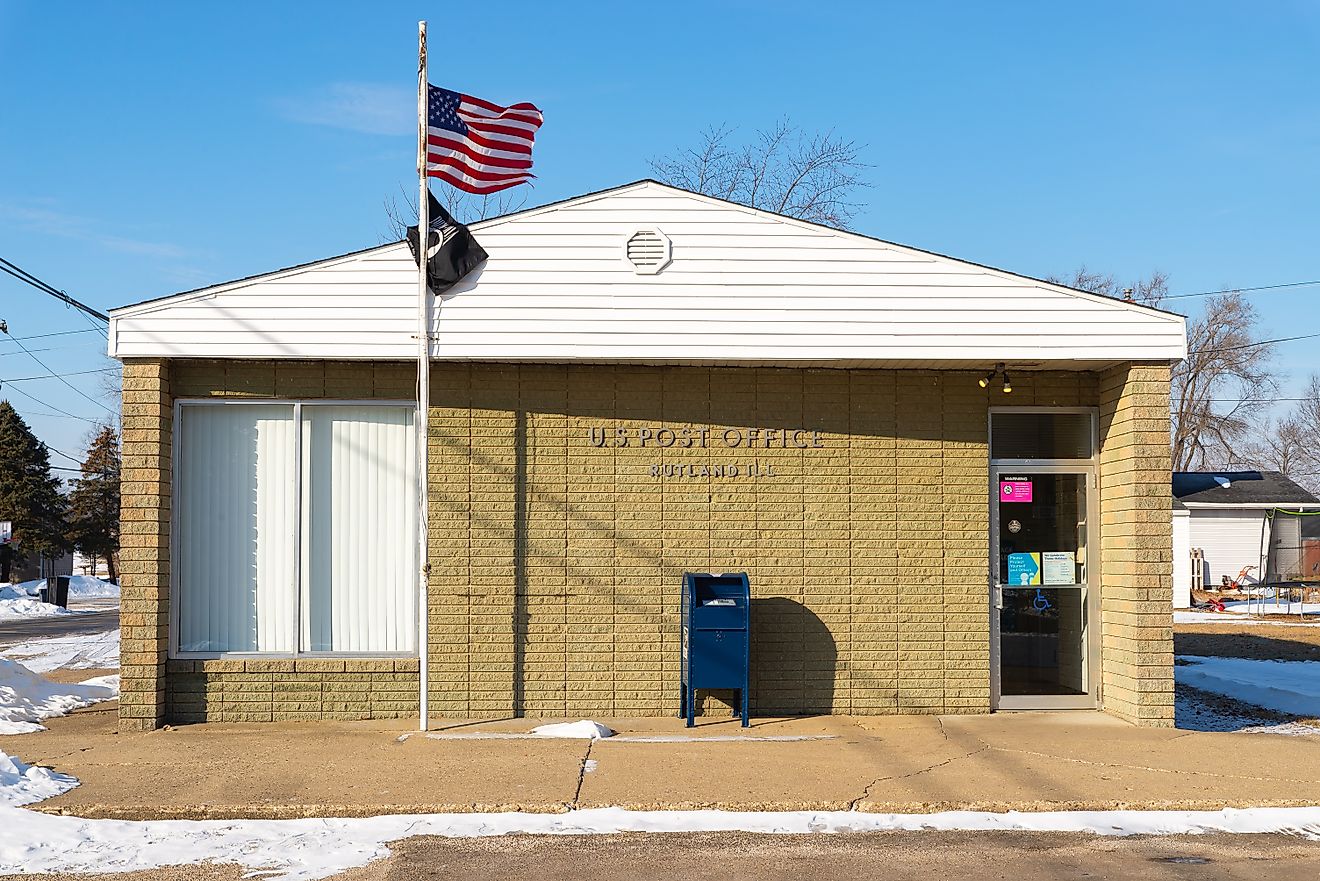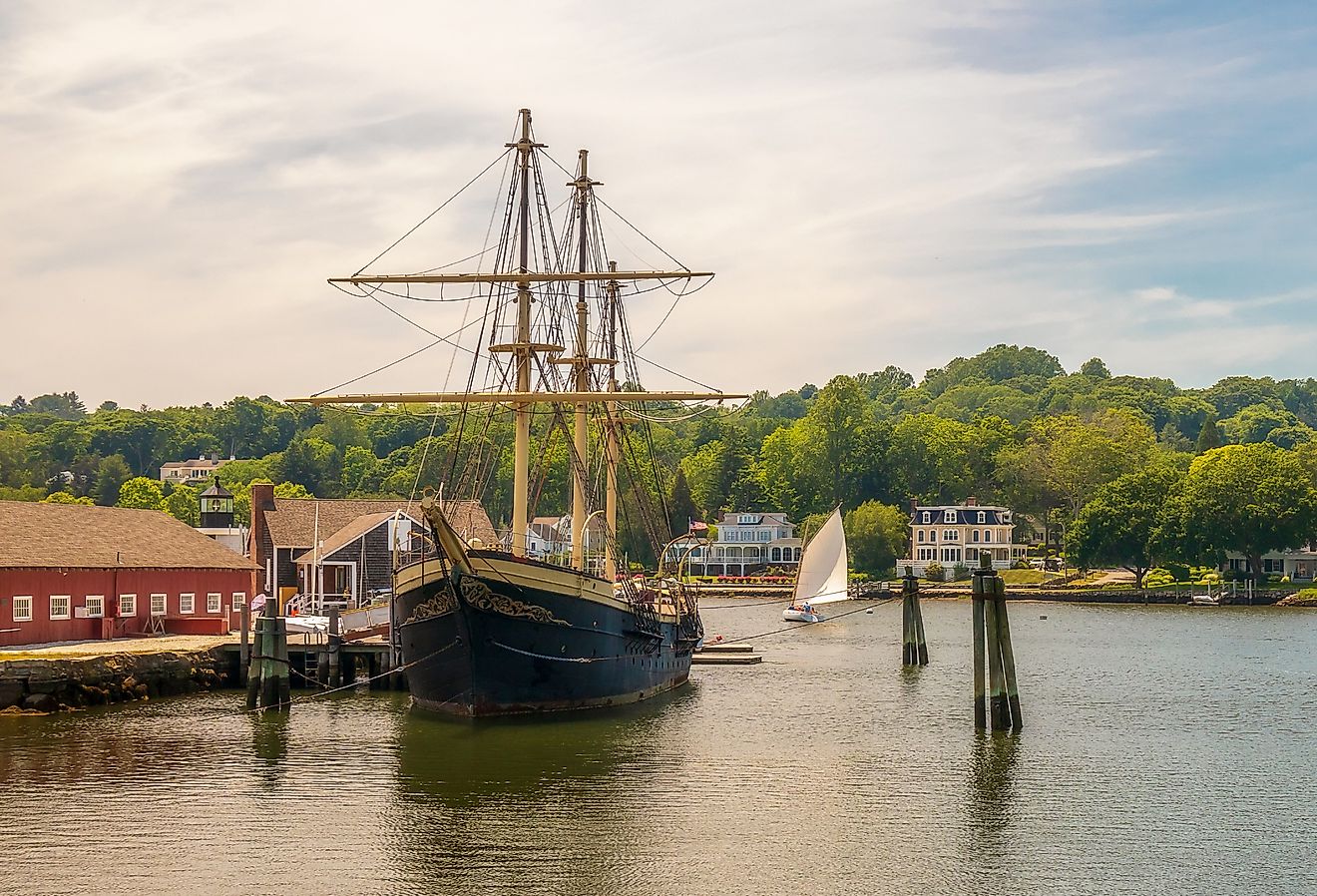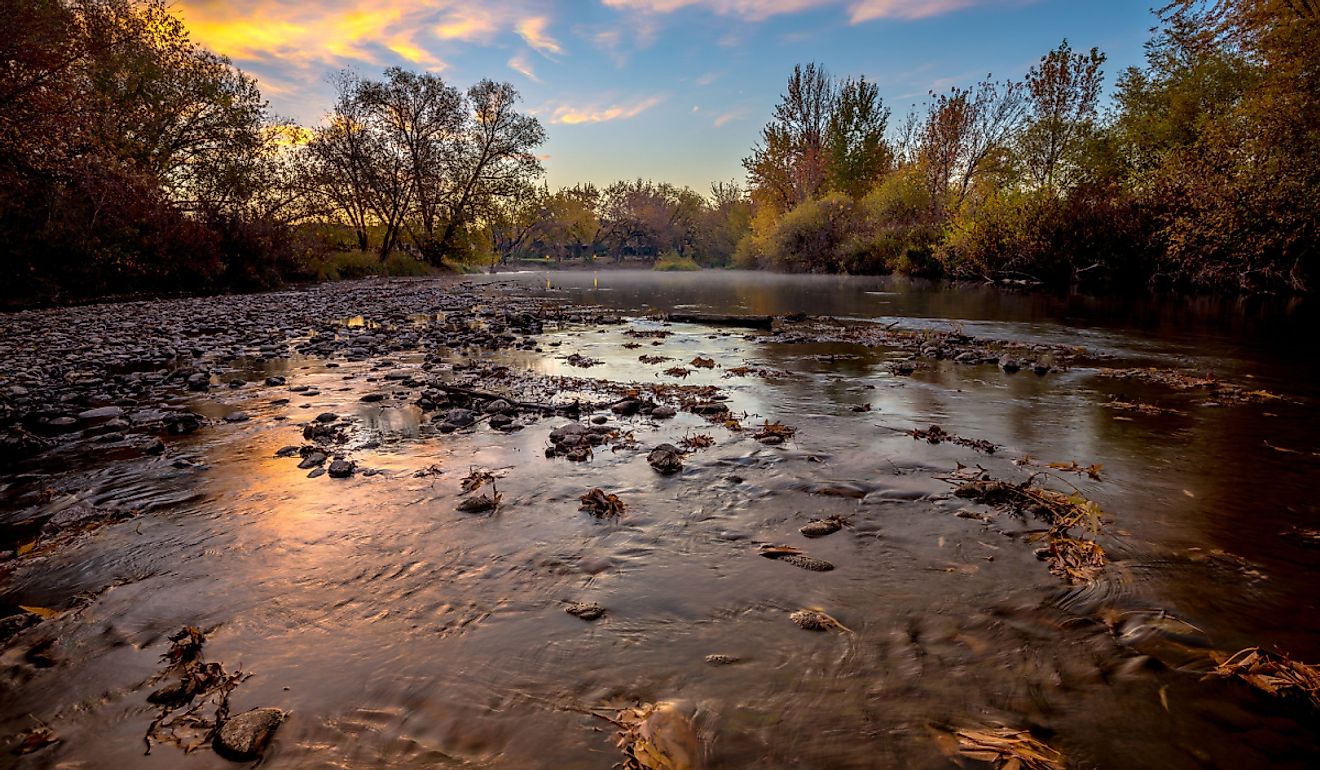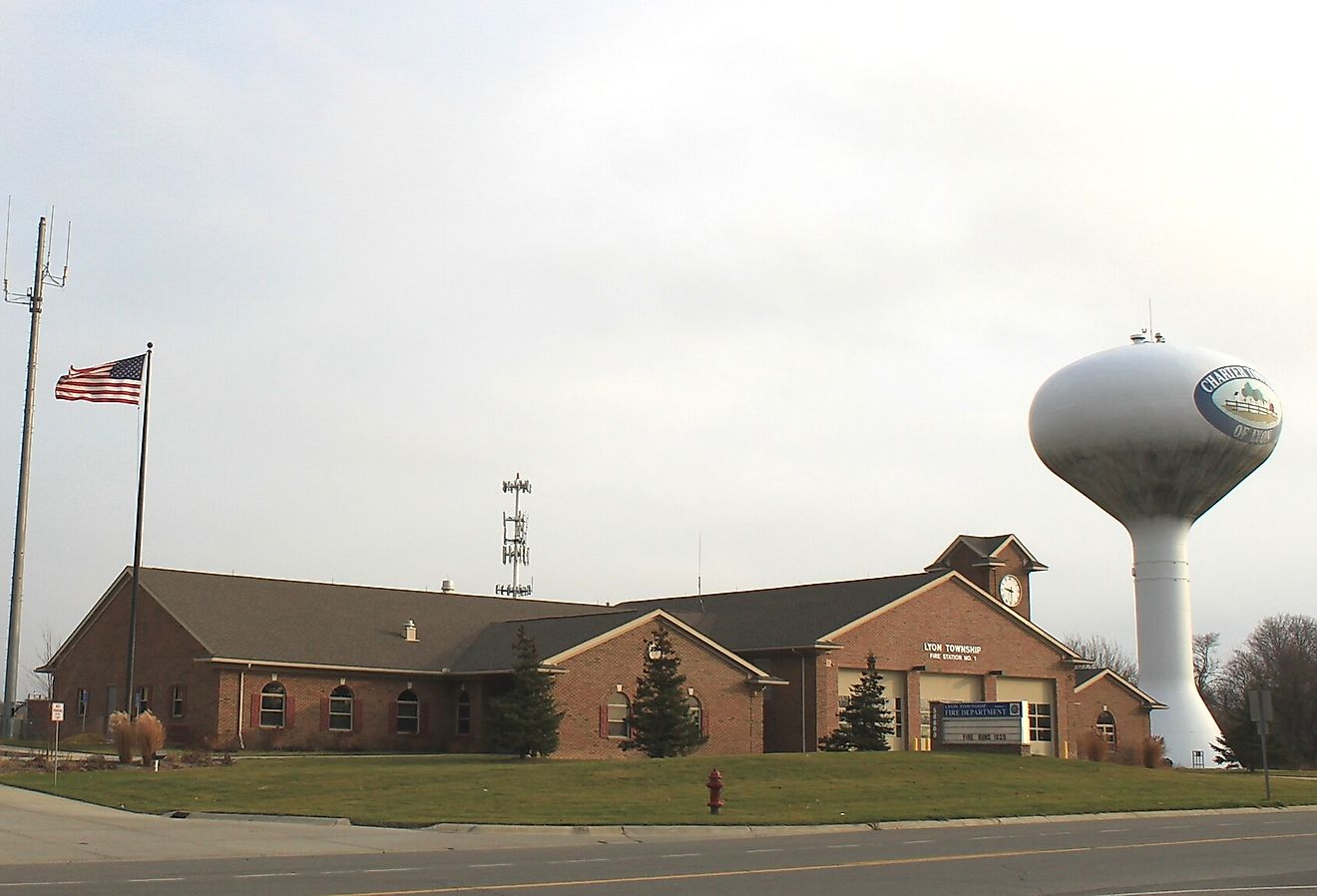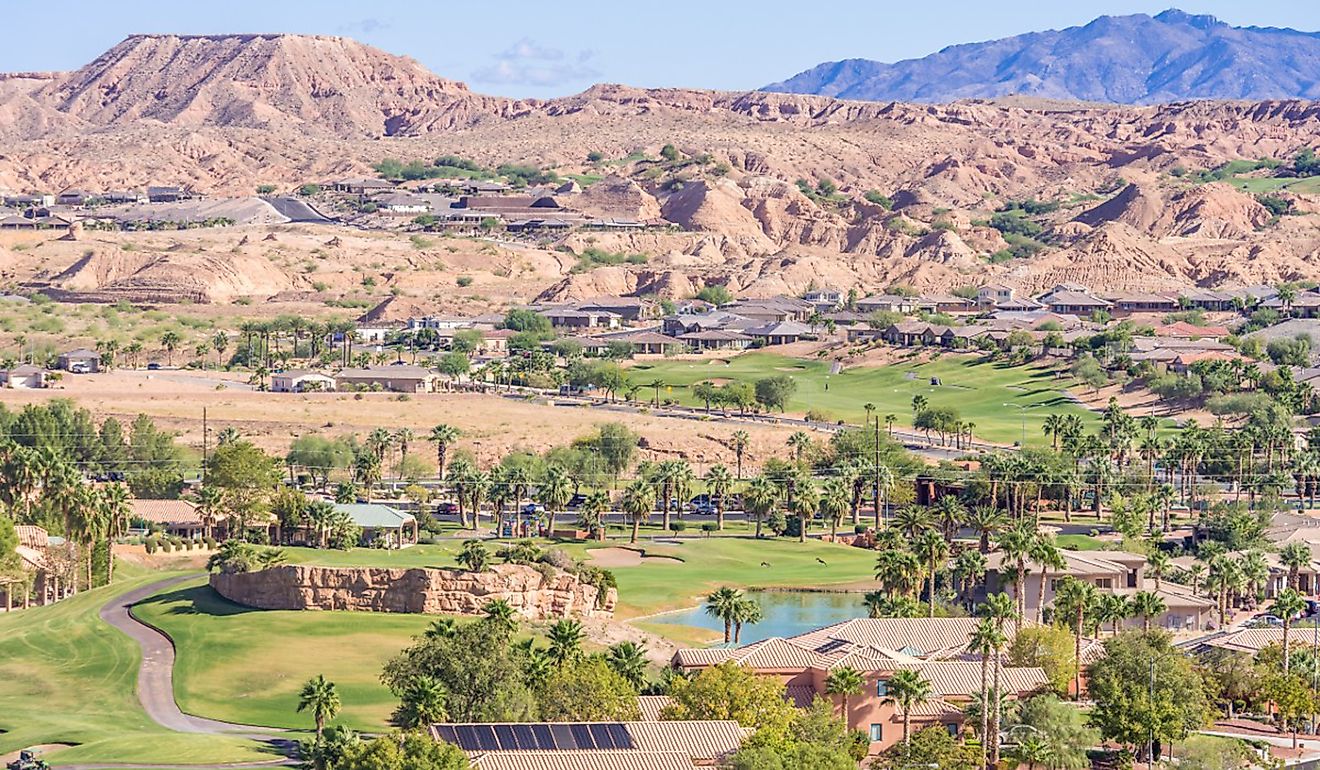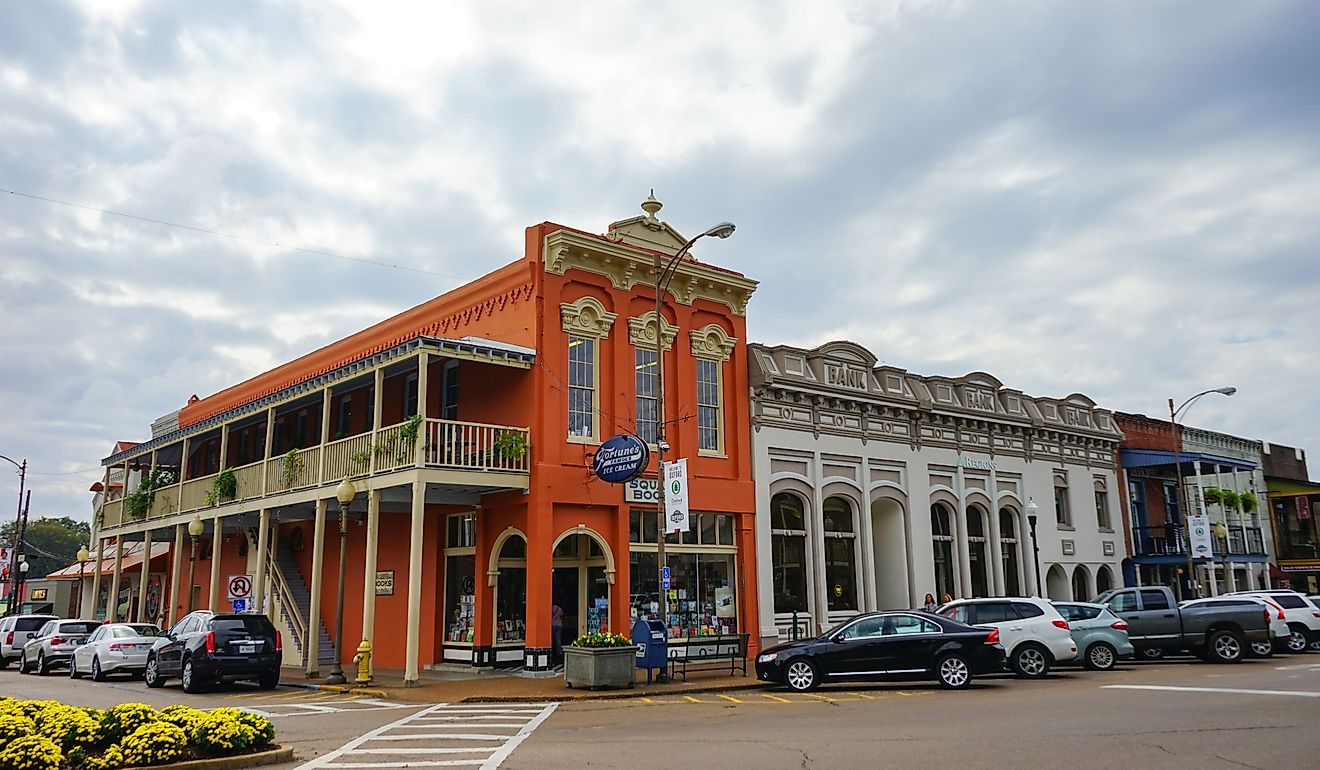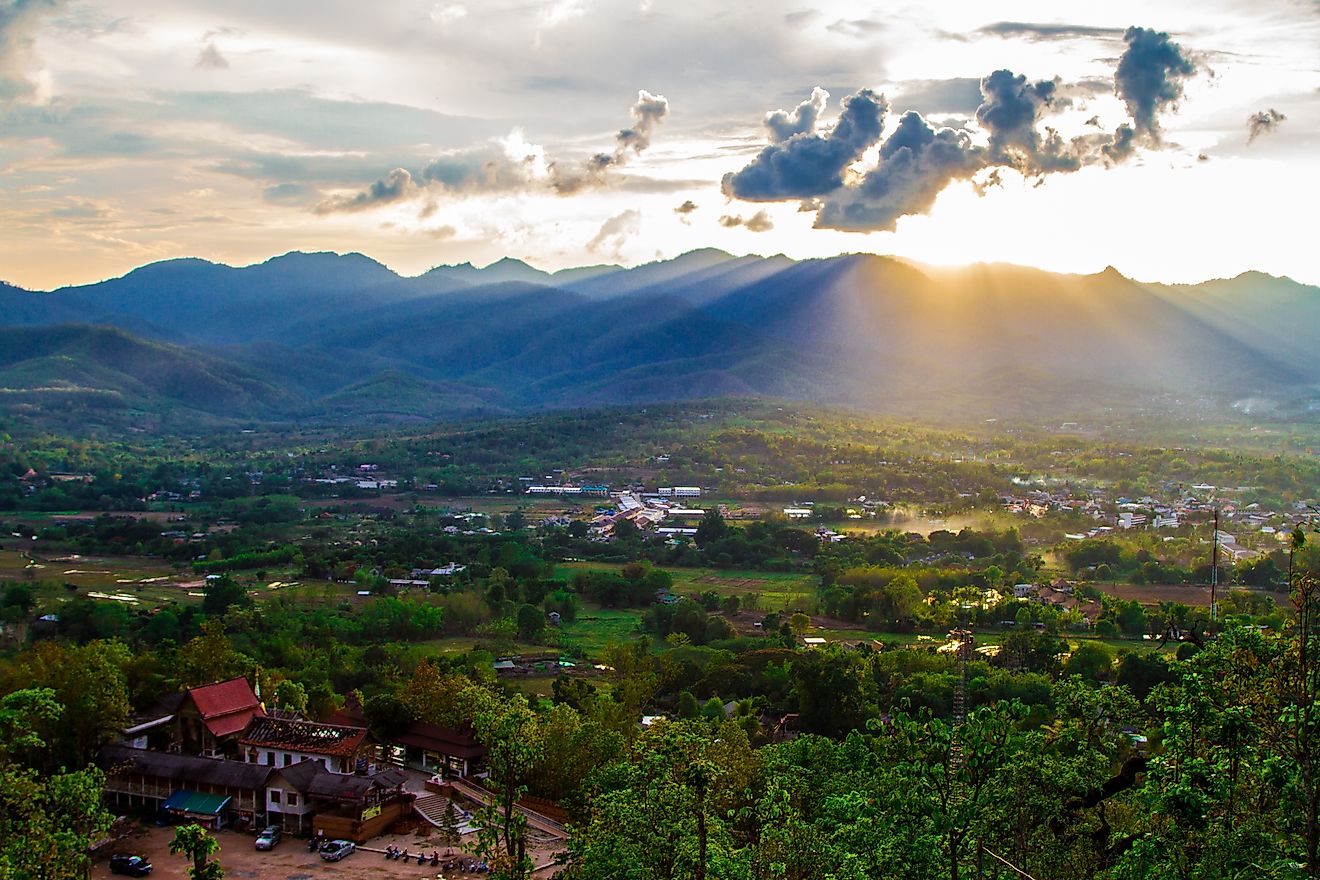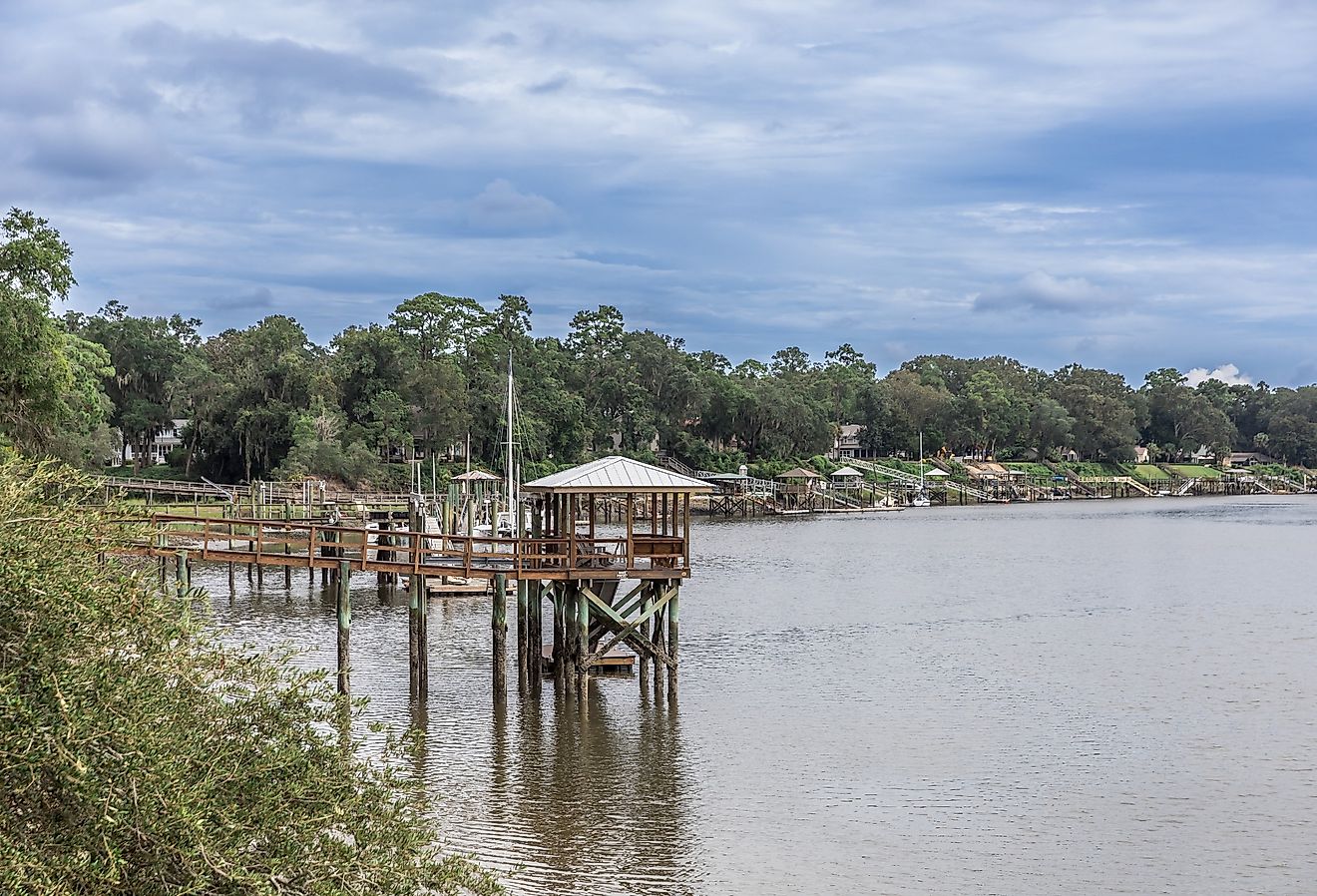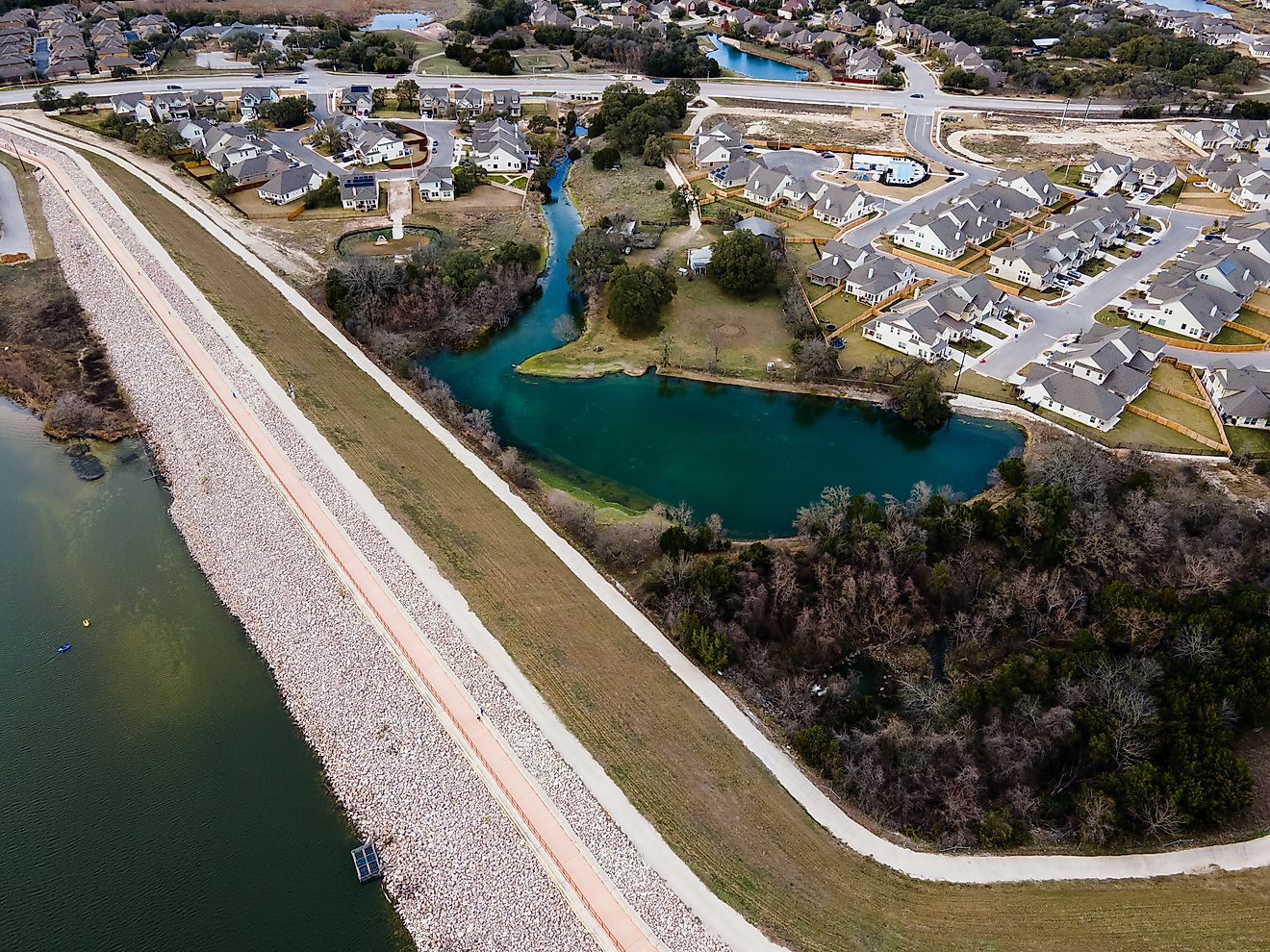UNESCO World Heritage Sites In Montenegro
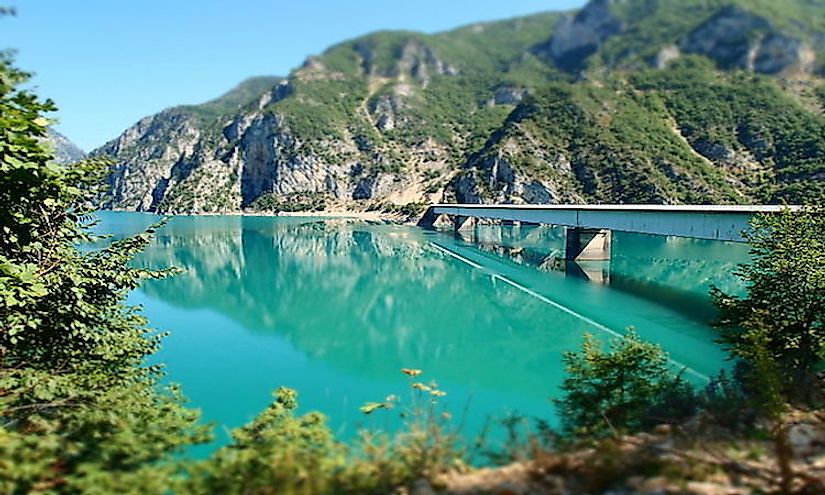
Montenegro which means ‘Black Mountain’ is believed to be Europe’s most beautiful country. It shares land boundaries with Croatia, Bosnia, Serbia and Serbia’s province of Kosovo and Albania. Its actual location is between Europe and Asia. It covers an area of 13,812 sqm km with a population of 670,000 people. Its size is a big contrast to its vast and impressive contribution to world culture heritage. The major languages in Montenegro are Serbian and Montenegrin.
UNESCO World Heritage Sites In Montenegro
Durmitor National Park
Durmitor National Park is within the Dinaric Alps or Dinarids and is located in Northern part of Montenegro, and it was established in 1952. It has a variety of landscapes shaped by glaciers, many rivers, and underground streams. The park has fifty peaks that are rise to more than 2,000 m above sea level. The highest peak is known as Bobotov which is 2,525m above sea level. Many tourists visit the park for climbing, hiking, canoeing and mountaineering activities. Farmers and shepherds have also inhabited the park. It has a variety of flora and fauna. Large mammals that can be found in Dormitory National Park include brown bear, European wild cat, and gray wolf. The endangered Danube Salmon Fish is also found in Dormitory. The Tara River Canyon is 82km long with its 4,300 ft deep at its deepest end, and it is the second largest canyon in the world after Grand Canyon. The Durmitor National Park was listed as UNESCO World Heritage Site in 1980. The water in River Tara comes from different tributaries with the most being Ljutica and Susica joining from the left side and Vaskovaska Rijeka and Draga joining from the right side.
Kotor Natural, Cultural, and Historical Region
Kotor has a very long history dating back to 168 BC when it was a settlement of the ancient Romans, and it was part of the Roman province. During the Middle Ages Kotor was fortified by Emperor Justinian in around 535. The city was plundered in around 840, and until the 11 century, the Dalmatian was the primary language in Kotor. It later became part of the Byzantine Empire. In around 1002, Kotor was extensively damaged when it was under the occupation of the Bulgarian Empire later it was ceded by the Bulgarian Tzar to the Serbia. In 1538 and 1657 Kotor was besieged by the Ottomans. During World War II between 1941 and 1943, Italy annexed Kotor and made it one of the three provinces of the Italian governorate. Kotor now has preserved the medieval old towns found in the Adriatic Sea, and UNESCO named it a cultural world heritage site in 1979.Within the region of Kotor are some of the oldest buildings like the Cathedral of Saint Tryphon that was built in 1166.
Stecci Medieval Tombstone Graveyards
Stecci refers to the medieval tombstones covering 28 sites that are found across Bosnia and Herzegovina, and in western parts of Montenegro, and southern and central part Croatia. They represent medieval monuments and distinctive cemeteries widely known as stecci. These graveyards date back to the period between 12th and 16th centuries, and they are laid in rows because that was the traditional custom in the medieval Europe and during the middle ages. They are carved from limestone and have a broad range of decorative motifs with inscriptions representing iconographic of the medieval Europe. Stecci was inscribed by UNESCO as a cultural world heritage site in 2016.
Overview Of Montenegro
Montenegro is a country in South Europe which multiethnic, multireligious and multilingual. Some of the major ethnic groups in the country include Montenegrin, Bosniaks, Serbians, Albanian, Roma, Croats, Muslims and others. The dominant languages in the country include, Montenegrin, which is the official language, and other includes Serbia, Bosnian, Serbo-Croat, and Albanian among others.Common religions in the country include Muslim, Orthodox, Catholics, Atheist, and others.
UNESCO World Heritage Sites In Montenegro
| UNESCO World Heritage Sites in Montenegro | Year of Inscription; Type |
| Durmitor National Park | 1980; Natural |
| Kotor Natural, Cultural, and Historical Region | 1979; Cultural |
| Stećci Medieval Tombstone Graveyards | 2016; Cultural |
